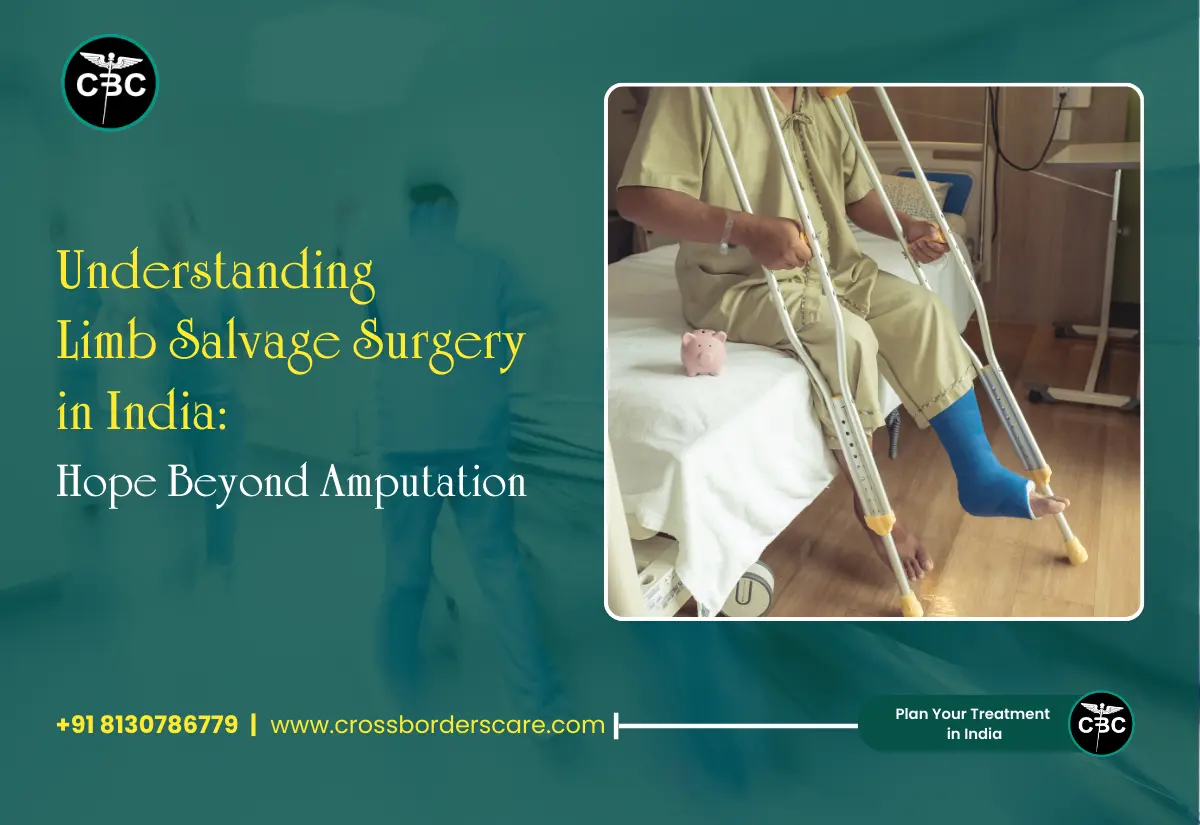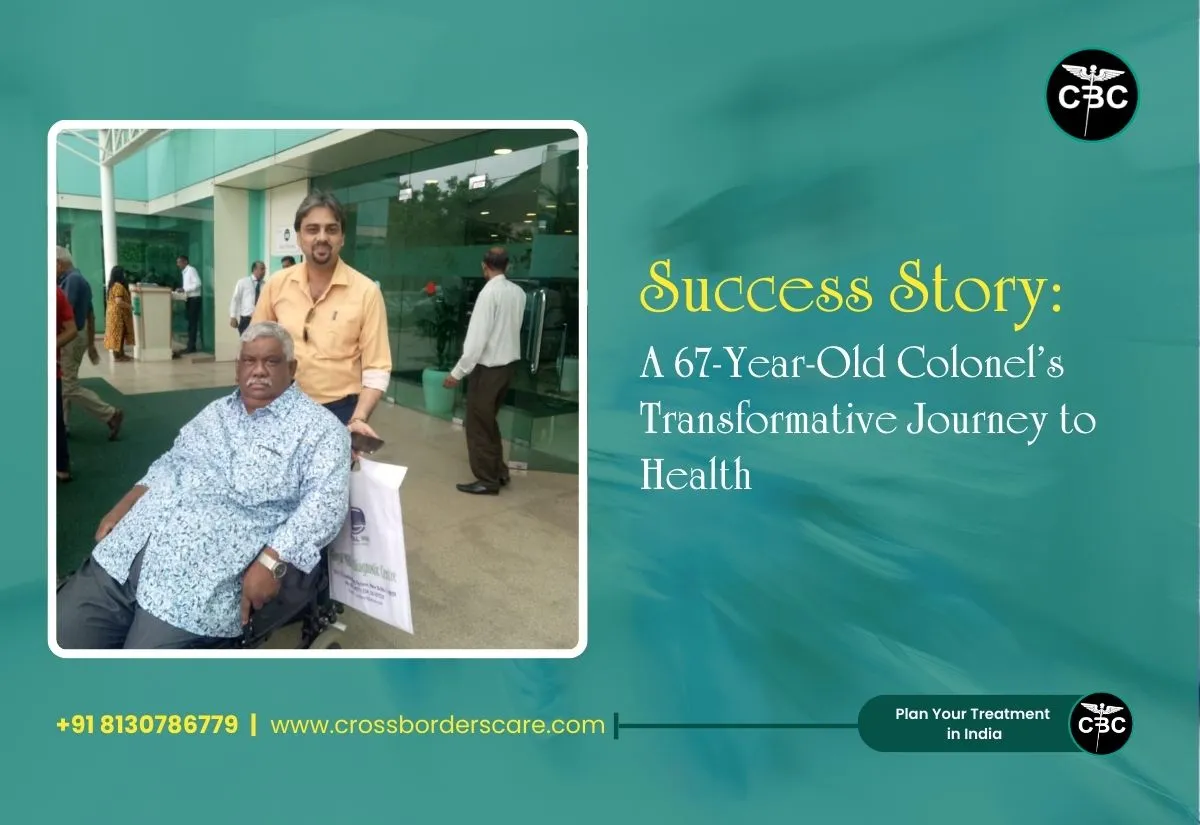Welcome to India — a global hub for affordable, high-quality healthcare. Every year, thousands of international patients travel to India for advanced treatments, experienced doctors, and modern hospitals — all at a fraction of the price they’d pay back home. Whether you’re seeking surgery, wellness therapies, or specialized treatments, India offers a seamless blend of medical expertise and warm hospitality. In this guide, we’ll walk you through everything you need to know about traveling to India for medical treatment — from visas and documentation to choosing the right hospital with Cross Border Care by your side.
If you or any of your family members is willing to travel to India, you have to follow these steps:
Step 1: Get Price Quote
Before traveling to India, it is important to know the cost and details of the treatment you are planning to get. This will help you make the necessary arrangements in place before you leave your country.
For this, you will need to send us your latest medical reports from an experienced medical facility in your country. We at Cross Border Care are a registered medical company in India that is associated with all the top hospitals in India as well as top doctors in India.
When you get a quotation from us, you get the best possible prices, the best hospital, and the best team of doctors who will make sure that you are treated properly. You can send your reports to our official whats app number :
When you send us the reports, you will get a detailed reply from us and call us for any further clarifications.
Step 2: Send Passport Copies for medical visa.
Once you have a price quote for the treatment, the budget hotel near the hospital and you are ready to move ahead with us, you need to send us the passport copy of the patient who needs treatment and the attendant accompanying the patient.
It is not mandatory for a patient to fly with an attendant, but if you are coming to India for surgery, you must bring an attendant along. Once we get the passport copies, we will issue a medical visa invitation letter through which you can apply for e visa.
When you receive the letter from us, you will need to apply for the medical visa directly from the Indian Embassy’s website and select 4—e-Medical Visa.
You can also click on “Countries/Nationalities who are eligible to avail eVisa” to check your country’s name.
Step 3: Visa Approval and Flight Ticket Booking
A medical visa is issued in 1 to 2 working days. Keep an eye on your mailbox, and once you have your visa, you can book your flight tickets. Once you book your flight tickets, send us a picture of the same so that we can arrange your pick up from the airport.
You can keep in touch with us on the whats app number —- so that you can get our assistance anytime anywhere.
Step 4: You will be received by us and assisted at all steps
Our team representative will be at the airport to receive you, and you will be dropped off at your hotel. You will be given a SIM card and a translator if required. The team, under the supervision of Dr Nadeem Khan, will expedite your process regarding hospital visits and doctor appointments.
Step 5: Begin Your Treatment with Full Support
Once you’re settled in, your treatment journey officially begins. From pre-surgical consultations to post-treatment recovery, our team ensures that you’re guided at every step. We coordinate directly with hospital staff and doctors in India to make sure you receive timely care without unnecessary delays. Whether it’s a major surgery, a follow-up consultation, or a wellness therapy, your care will be prioritized and personalized.
Step 6: Post-Treatment Support & Departure
After your treatment is completed, our support doesn’t end there. We help manage follow-up care, provide medical summaries and reports, assist with medications, and ensure you’re fit to fly back. If you need extended recovery time or additional procedures, we’re right here to assist and guide you.
Our goal is to make sure your entire stay in India — from arrival to discharge and departure — is smooth, safe, and satisfying.
Why Choose Cross-Border Care?
Choosing the right facilitator can make or break your medical journey. At Cross Border Care, we don’t just connect you to hospitals — we become your trusted partner throughout the process. Here’s why thousands of international patients choose us:
✅ Verified tie-ups with top hospitals in India and surgeons across India
✅ Transparent pricing with no hidden charges
✅ Personalized care plans tailored to your needs
✅ 24/7 assistance in your native language
✅ Airport pickup, SIM card, translator, and accommodation support
✅ Visa guidance and real-time updates
Whether you’re seeking cardiac surgery, organ transplant, IVF, cancer treatment, orthopedic procedures, cosmetic surgery, or Ayurveda therapies — Cross Border Care is your gateway to India’s finest healthcare.













